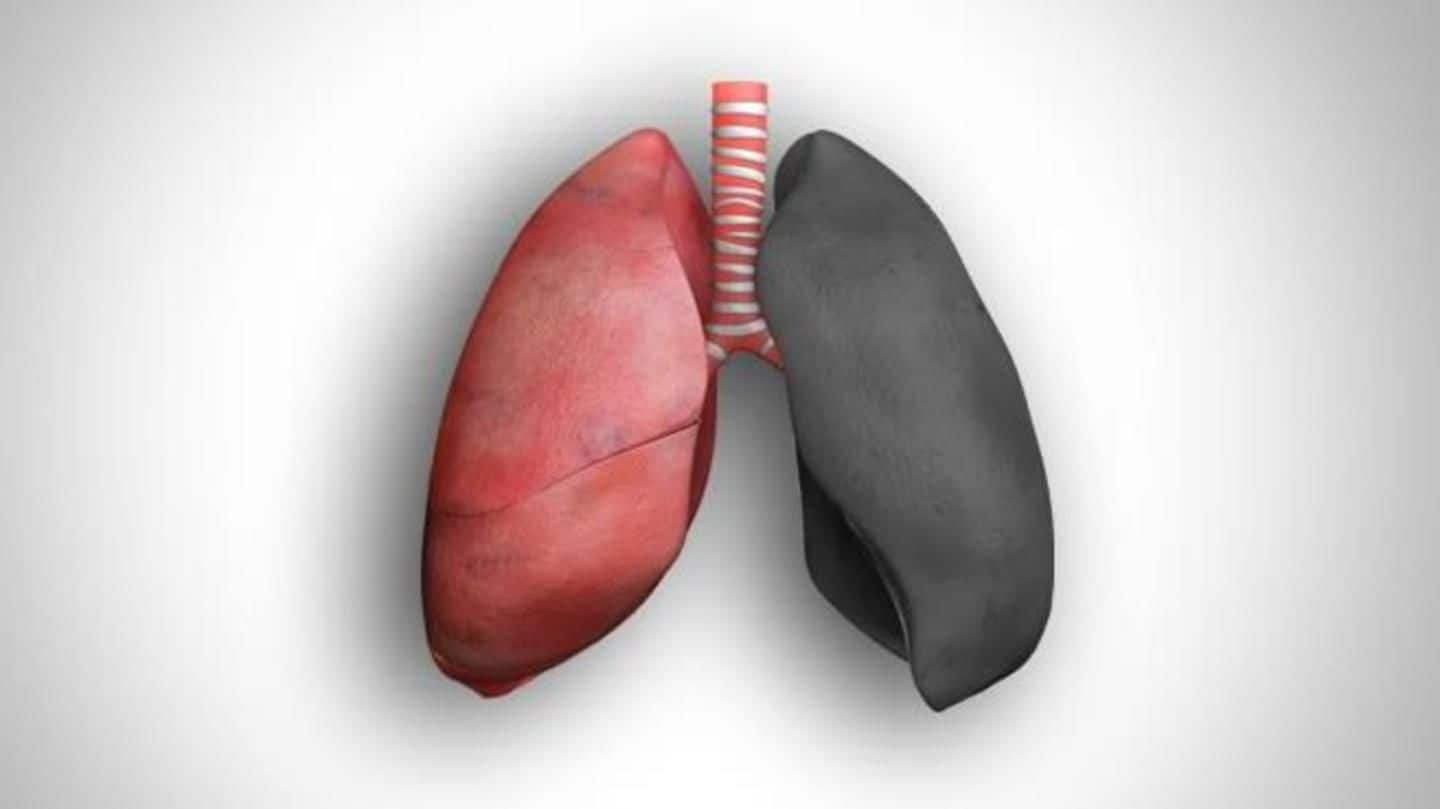
#KnowTheDisease: Everything you need to know about Tuberculosis
What's the story
Tuberculosis (TB) is a bacterial disease caused by 'Mycobacterium tuberculosis' that often affects the lungs. If not treated properly, it can be fatal. TB spreads from person to person through the air. When affected people cough, sneeze, or spit, they propel the TB germs into the air. Further, there are two kinds of tuberculosis infections, Latent TB and Active TB. Here's more about tuberculosis.
Risk
Who is at the risk of developing TB infection?
Tuberculosis typically affects people of all age groups, but adults are at more risk. Notably, more than 95% of TB cases and deaths are reported in developing countries. People having HIV or weak immune system are more likely to develop Active TB. Chewing tobacco LAO increases the risk of TB disease and death. Reportedly, 8% of TB cases globally are attributed to smoking.
Two types
Types of tuberculosis
Like mentioned before, Latent TB and Active TB are two types of tuberculosis. When people infected by TB bacteria show no symptoms and aren't contagious, it is called Latent TB. About one-third of population globally has Latent TB. There's only 10% chance for it to become active. When a person develops Active TB, symptoms may be mild for months. These patients can infect others.
Symptoms
Symptoms and detection of tuberculosis
Common symptoms of tuberculosis include cough with sputum and blood at times, chest pain, weakness, weight loss, fever, appetite loss, and night sweats. There are mainly four ways to detect the disease. They include sputum smear microscopy, clinical symptoms, tuberculin testing, and X-ray of the chest. Most of the countries still rely on the long-used method, sputum smear microscopy, to diagnose TB.
Treatment
TB is a treatable and curable disease
Tuberculosis is a treatable and curable disease. Active, drug-susceptible TB disease is treated with a standard 6-month course. If treatment is incomplete, patients may not be cured and may even develop drug resistance. Directly Observed Therapy (DOT) is a specific strategy, endorsed by WHO, to improve adherence by requiring health workers, community volunteers or family members to observe and record patients taking each dose.
Data
Seven countries account for 64% of total TB cases
According to WHO, seven countries account for 64% of the total TB cases, with India leading the count, followed by Indonesia, China, Philippines, Pakistan, Nigeria, and South Africa. In 2016, 10.4 million people fell ill with TB, and 1.7 million died from the disease.